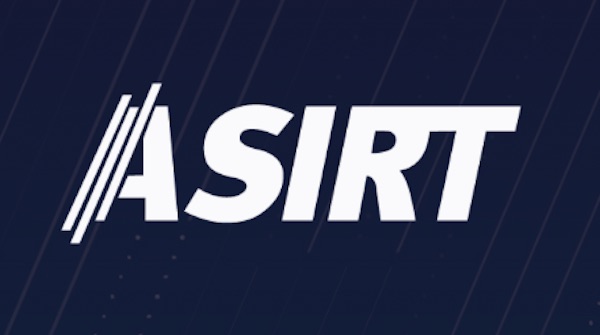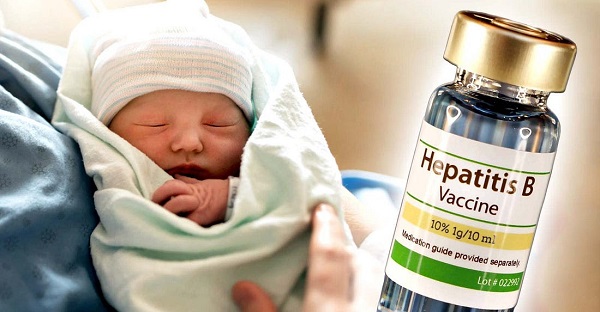Alberta
ASIRT investigating shooting death of 39 year old suspect near Rocky Mountain House

New Release from ASIRT (Alberta Serious Incident Response Team)
Investigation into RCMP officer-involved shooting fatality continues
On Aug. 14, 2021, the Alberta Serious Incident Response Team (ASIRT) was directed to investigate the circumstances surrounding the death of a 39-year-old man who was shot and killed by police at an oilfield battery site during a standoff that same day.
On the evening of Aug. 13, 2021, the Royal Canadian Mounted Police became involved in what started as an investigation into an armed carjacking earlier that day in Parkland County, during which a GMC truck was stolen. During the course of that investigation, a 39-year-old man was identified as a suspect. As the situation unfolded, police received additional information that led them to believe that the 39-year-old man may also have been involved in a homicide in Edmonton.
In the early morning hours of Aug. 14, 2021, the 39-year-old man repeatedly contacted police. He advised them that he was in possession of a weapon and that he had a hostage. As these communications continued, police continued in their efforts to locate the man and the stolen vehicle from the carjacking.
The stolen GMC truck was located and, at approximately 7:43 a.m., the vehicle was cleared by police. A police service dog tracked the occupant(s) of the vehicle to a nearby outbuilding at an oilfield battery site west of Rocky Mountain House. It was determined that the man police had been in communication with was inside one of the outbuildings on site; however, it remained unclear whether anyone else was inside. The man was believed to have been armed with a firearm.
RCMP officers, including RCMP Emergency Response Team (ERT) officers, a dog handler and a police service dog, contained the scene while negotiators attempted to persuade the man to surrender peacefully. As these negotiations continued, at approximately 1:30 p.m., the man exited the outbuilding, initiating a confrontation with police. During the confrontation, one officer discharged a service weapon that fires less lethal rounds; other officers subsequently discharged service firearms. The man was struck, sustaining critical injuries, and fell to the ground. Emergency medical intervention was attempted, but the man died on scene.
A 12-gauge pistol grip pump-action shotgun, as well as live and spent shotgun ammunition, were recovered on scene. The scene was subsequently cleared and it was determined that during the period of containment, the man had been alone in the outbuilding.
The events leading up to the eventual critical incident at the oilfield battery site, and any offences that may have been committed by the man, including the carjacking and possible homicide, remain under investigation by the police services of the relevant jurisdiction. ASIRT’s investigation will focus on the events relating to the containment at the oilfield battery site and the uses of force that ultimately resulted in the death of the man.
ASIRT’s mandate is to effectively, independently and objectively investigate incidents involving Alberta’s police that have resulted in serious injury or death to any person, as well as serious or sensitive allegations of police misconduct.
Alberta
They never wanted a pipeline! – Deputy Conservative Leader Melissa Lantsman

From Melissa Lantsman
Turns out the anti-development wing of the Liberal Party never stopped running the show.
Today, we’ll see if the Liberals vote for the pipeline they just finished bragging about.
Spoiler: they won’t. Because with the Liberals, the announcements are real, but the results never are.
Alberta
Premier Smith: Canadians support agreement between Alberta and Ottawa and the major economic opportunities it could unlock for the benefit of all

From Energy Now
By Premier Danielle Smith
Get the Latest Canadian Focused Energy News Delivered to You! It’s FREE: Quick Sign-Up Here
If Canada wants to lead global energy security efforts, build out sovereign AI infrastructure, increase funding to social programs and national defence and expand trade to new markets, we must unleash the full potential of our vast natural resources and embrace our role as a global energy superpower.
The Alberta-Ottawa Energy agreement is the first step in accomplishing all of these critical objectives.
Recent polling shows that a majority of Canadians are supportive of this agreement and the major economic opportunities it could unlock for the benefit of all Canadians.
As a nation we must embrace two important realities: First, global demand for oil is increasing and second, Canada needs to generate more revenue to address its fiscal challenges.
Nations around the world — including Korea, Japan, India, Taiwan and China in Asia as well as various European nations — continue to ask for Canadian energy. We are perfectly positioned to meet those needs and lead global energy security efforts.
Our heavy oil is not only abundant, it’s responsibly developed, geopolitically stable and backed by decades of proven supply.
If we want to pay down our debt, increase funding to social programs and meet our NATO defence spending commitments, then we need to generate more revenue. And the best way to do so is to leverage our vast natural resources.
At today’s prices, Alberta’s proven oil and gas reserves represent trillions in value.
It’s not just a number; it’s a generational opportunity for Alberta and Canada to secure prosperity and invest in the future of our communities. But to unlock the full potential of this resource, we need the infrastructure to match our ambition.
There is one nation-building project that stands above all others in its ability to deliver economic benefits to Canada — a new bitumen pipeline to Asian markets.
The energy agreement signed on Nov. 27 includes a clear path to the construction of a one-million-plus barrel-per-day bitumen pipeline, with Indigenous co-ownership, that can ensure our province and country are no longer dependent on just one customer to buy our most valuable resource.
Indigenous co-ownership also provide millions in revenue to communities along the route of the project to the northwest coast, contributing toward long-lasting prosperity for their people.
The agreement also recognizes that we can increase oil and gas production while reducing our emissions.
The removal of the oil and gas emissions cap will allow our energy producers to grow and thrive again and the suspension of the federal net-zero power regulations in Alberta will open to doors to major AI data-centre investment.
It also means that Alberta will be a world leader in the development and implementation of emissions-reduction infrastructure — particularly in carbon capture utilization and storage.
The agreement will see Alberta work together with our federal partners and the Pathways companies to commence and complete the world’s largest carbon capture, utilization and storage infrastructure project.
This would make Alberta heavy oil the lowest intensity barrel on the market and displace millions of barrels of heavier-emitting fuels around the globe.
We’re sending a clear message to investors across the world: Alberta and Canada are leaders, not just in oil and gas, but in the innovation and technologies that are cutting per barrel emissions even as we ramp up production.
Where we are going — and where we intend to go with more frequency — is east, west, north and south, across oceans and around the globe. We have the energy other countries need, and will continue to need, for decades to come.
However, this agreement is just the first step in this journey. There is much hard work ahead of us. Trust must be built and earned in this partnership as we move through the next steps of this process.
But it’s very encouraging that Prime Minister Mark Carney has made it clear he is willing to work with Alberta’s government to accomplish our shared goal of making Canada an energy superpower.
That is something we have not seen from a Canadian prime minister in more than a decade.
Together, in good faith, Alberta and Ottawa have taken the first step towards making Canada a global energy superpower for benefit of all Canadians.
Danielle Smith is the Premier of Alberta
-

 COVID-192 days ago
COVID-192 days agoUniversity of Colorado will pay $10 million to staff, students for trying to force them to take COVID shots
-

 Bruce Dowbiggin2 days ago
Bruce Dowbiggin2 days agoIntegration Or Indignation: Whose Strategy Worked Best Against Trump?
-

 espionage2 days ago
espionage2 days agoWestern Campuses Help Build China’s Digital Dragnet With U.S. Tax Funds, Study Warns
-

 Bruce Dowbiggin2 days ago
Bruce Dowbiggin2 days agoWayne Gretzky’s Terrible, Awful Week.. And Soccer/ Football.
-

 Agriculture2 days ago
Agriculture2 days agoCanada’s air quality among the best in the world
-

 Business2 days ago
Business2 days agoCanada invests $34 million in Chinese drones now considered to be ‘high security risks’
-

 Health2 days ago
Health2 days agoCDC Vaccine Panel Votes to End Universal Hep B Vaccine for Newborns
-

 Business2 days ago
Business2 days agoThe EU Insists Its X Fine Isn’t About Censorship. Here’s Why It Is.






